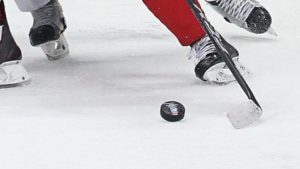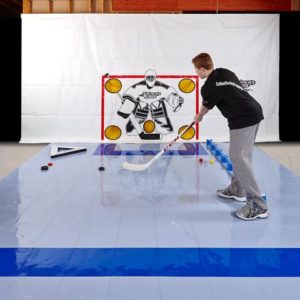02
May
Finding Your Next Level
Posted by Greg Carter
Watching the NHL Playoffs, it becomes obvious very quickly that the players are competing at an entirely different level out there compared to the regular season. The speed and quickness of the game is greater. The intensity is higher. It makes you wonder, how do these players take an already accelerated game to a whole new level?
There is a quote about leadership and coaching that says if you can raise the level of effort and performance in those around you, you are officially a leader. When it comes to coaching hockey players, especially elite hockey players such as those playing in the NHL, finding a way to connect with each player and understanding how to get the most out of them is a key ingredient in the recipe for success.
But when it comes to finding that next level it begins and ends with the individual player. The great Vince Lombardi once said that if you’ll not settle for anything less than your best, you will be amazed at what you can accomplish in your lives. When you watch playoff hockey, these players are not settling for anything less than their best. They lay it on the line for every race to the puck. Every shot on goal and every pass is a laser. The battles in front of the net and in the corners are their own individual cage matches.
When you break down the game and analyze how amazing the individual talent and skill sets are out there, it can be compared to an engine in a machine. If the engine is built properly – in the case of hockey players, developed and trained properly – and also cared for properly, there will be a time when you can run that engine at the highest RPM’s and push it to maximum performance.
Youth hockey players who spend the time training and working on skills are doing just that, they are preparing themselves – their engine – for the periods of time (the playoffs) when they are going to need to rely on optimizing their performance at the highest level.
As the run for the Stanley Cup continues, it should serve as inspiration to take your own game to the next level, to shift your engine into the next gear. There is another great quote about commitment that says you’re either IN or you’re OUT. There is no such thing as life in-between.
We invite you to join us at one of our hockey schools this summer and with our training, find your very own next level!



 Get ready to start your journey! With the hockey season behind us and summer training and development on the minds of hockey players everywhere, we invite – and challenge – you to become a better hockey player this summer.
Get ready to start your journey! With the hockey season behind us and summer training and development on the minds of hockey players everywhere, we invite – and challenge – you to become a better hockey player this summer.
 Subscribe
Subscribe Subscribe
Subscribe




